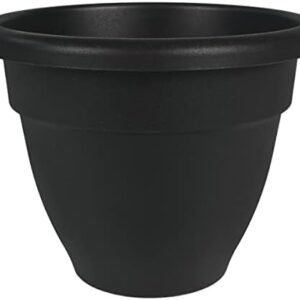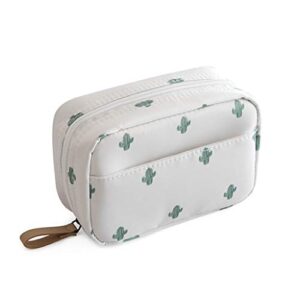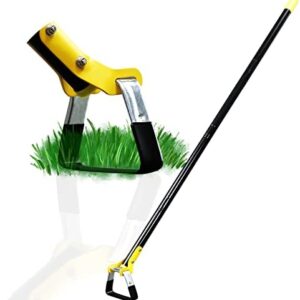When it comes to maintaining a successful garden, seasonal planting is key. Each season brings its own set of challenges and opportunities for your plants to thrive. By understanding the ins and outs of seasonal planting, you can ensure a bountiful harvest and a vibrant garden all year long.
Spring
Spring is a time of renewal and growth in the garden. As the days get longer and the temperatures start to warm up, it’s the perfect time to start planting your seeds and seedlings. One of the most important things to keep in mind during this time is your soil. Make sure it’s well-drained and enriched with organic matter to give your plants the best start possible.
When choosing what to plant in the spring, think about your climate and the specific needs of your plants. Cool-season vegetables like lettuce, spinach, and peas thrive in the cooler spring temperatures. Flowers like pansies and tulips also do well in the spring, adding a pop of color to your garden.
Summer
Summer can be a challenging time for gardens, with high temperatures and blazing sun. To keep your plants thriving during this time, make sure to water them regularly and provide some shade if necessary. Mulching can also help retain moisture in the soil and keep your plants cool.
When planning your summer garden, choose heat-loving plants like tomatoes, peppers, and squash. These plants will thrive in the warmer temperatures and provide you with a bounty of fresh produce throughout the season. Don’t forget about your flowers either – marigolds and zinnias are great options for adding color to your garden during the summer months.
Fall
As the temperatures start to cool down in the fall, it’s time to start thinking about transitioning your garden for the coming winter. This is the perfect time to plant cool-season vegetables like broccoli, cauliflower, and kale. These plants will thrive in the cooler temperatures and provide you with fresh produce even as the days get shorter.
Fall is also a great time to plant bulbs for spring blooms. Tulips, daffodils, and crocuses all do well when planted in the fall and will reward you with beautiful flowers once spring rolls around. Don’t forget to clean up your garden beds and add a layer of mulch to protect your plants during the winter months.
Winter
While winter may seem like a time of dormancy in the garden, there are still plenty of things you can do to prepare for the coming spring. One important task is to start planning your garden layout for the next season. Think about what worked well in your garden last year and what you might want to change or add for the upcoming season.
Winter is also a great time to start seeds indoors for an early start on the growing season. This will give your plants a head start once the weather warms up and ensure a successful garden throughout the year. Additionally, don’t forget to clean and sharpen your gardening tools and organize your supplies for the coming season.
Tips and Tricks for Success
– Rotate your crops: To prevent soil depletion and pest buildup, it’s important to rotate your crops each season. This means planting different crops in different areas of your garden each year. This will help maintain the health of your soil and ensure a successful harvest.
– Mulch, mulch, mulch: Mulching is one of the best ways to protect your plants and retain moisture in the soil. Use organic materials like straw, leaves, or grass clippings to cover your garden beds and keep your plants healthy and happy.
– Companion planting: Certain plants grow better when planted together, while others can help deter pests or attract beneficial insects. Research companion planting techniques to maximize the health and productivity of your garden.
– Keep an eye on pests and diseases: Regularly inspect your plants for signs of pests or disease and take action immediately if you notice any issues. This will help prevent any problems from spreading and keep your garden thriving.
– Don’t forget to weed: Weeds can compete with your plants for nutrients and water, so make sure to keep them in check. Regularly weed your garden beds to ensure your plants have all the resources they need to grow and thrive.
Seasonal planting is a key component of a successful garden. By understanding the unique needs of each season and following these tips and tricks, you can ensure a bountiful harvest and a vibrant garden year-round. Happy planting!






